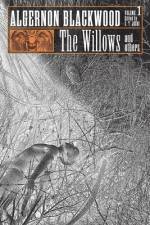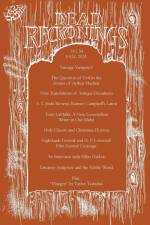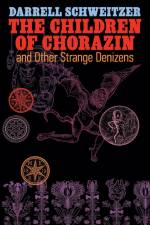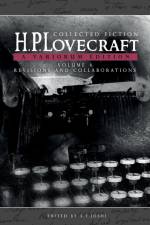av S. T. Joshi
241
H. P. Lovecraft is distinctive for having inspired a plethora of poetic tributes from friends, colleagues, and disciples. These tributes emerged surprisingly early; the first ones date to 1918, when several amateur writers took note of the unique characteristics of Lovecraft's life and work. During his lifetime, Samuel Loveman, Frank Belknap Long, Robert E. Howard, Donald Wandrei, and others sought to portray Lovecraft's inimitable personality and his innovative work in wide-ranging verse. After Lovecraft's early death in 1937, other writers-Clark Ashton Smith, August Derleth, R. H. Barlow, Joseph Payne Brennan, Lilith Lorraine-paid homage to him in odes, quatrains, and sonnets. The tradition has continued to the present day, with such contemporary writers as Ann K. Schwader, Leigh Blackmore, Wade German, W. H. Pugmire, Adam Bolivar, Fred Phillips, and countless others envisioning the myriad phases of Lovecraft's creative work in poetry that itself evokes the terror and pathos of his writing. This volume contains dozens of poems, written over a period of more than a century, in which a multitude of diverse authors use the medium of poetry to convey their devotion to Lovecraft the man and to his imperishable literary oeuvre.






























